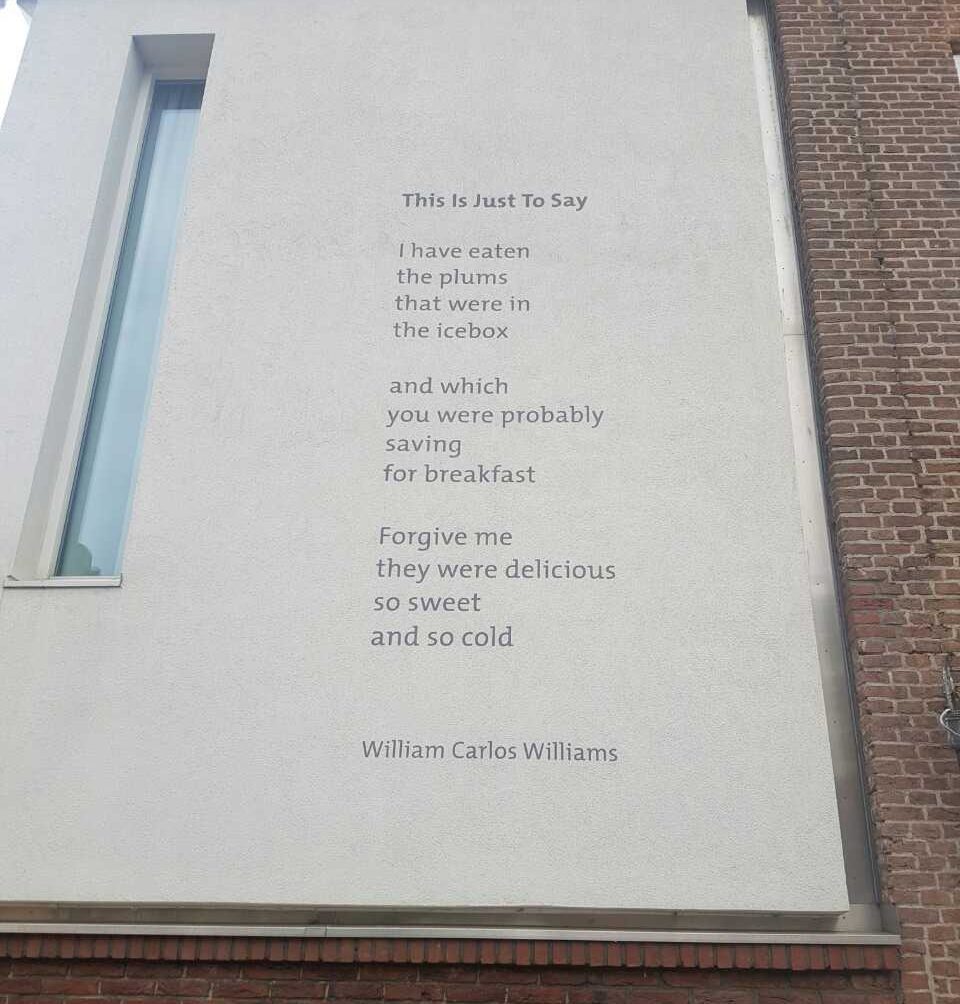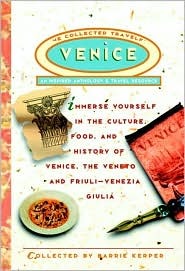Armchair traveler. Years ago, I hated that word and told myself that there is nothing as good as being in a place, smelling and seeing and eating, meeting people.
So when I was tasked to do my first Philippine regional food book, I said I would have to go to the regions—the way it should be. How else could I have known that people in Iloilo eat the root of gabi (yam) called tambo? Or that in Bulacan, they make hams out of sugpo (prawns) and pugo (quail)? Or that the favorite side dish in Zamboanga is boro de kamias (pickled bilimbi)? Or that the spice mix in Jolo is called pamapa itum?
I consider myself lucky that I have been invited to other countries, as well, to report mainly on the food. Dining and drinking experiences in Spain are too numerous to recall, but most memorable was having breakfast of fried bacalao with cerveza in a Madrid cafe.

Trout was glorious in a seafood restaurant in Finland. It was my first time to taste reindeer meat in Sweden. In The Hague, I saw a poem on a wall of a house about food and wondered about the author until I arrived home and my husband said the poet, William Carlos Williams, is a well-known early 20th century American modernist. In Alaska, I caught a king salmon, a feat not even the most experienced fisherman can claim. Dinner the Arab way took place in the Dubai desert. And there were the wine adventures in Napa Valley in California, Cape Town in South Africa, and Hunter Valley in Australia.
But today, it is impossible to travel. And armchair traveling is about the best way you can know about a place and its food.
Among my treasured books is the series called “The Collected Traveler,” each book about one place. I have only four of the series—Paris, Central Italy, Venice, Provençe—bought in the airport bookstore, though I can’t recall which country. There are still Istanbul, Morocco, Northern Spain and Athens waiting for me.
The “collector” is Barrie Keeper, who compiled stories and essays from various periodicals by different authors. Each book gives a taste not only of the food but also of the people and of the “rhythm of the place.” It is important to know all of that to get the complete picture.

Rich with info
Every book is thick and rich with information which a traveler might require, like accommodations and airports, but because “Paris” was published in 2000, the information may no longer be up to date. But if you’re only interested in the food, you can go to the chapter “A Table,” where wonderful essays await you written by the best food critics of that time.
For instance, Daniel Young’s “Café Dos and Don’ts” is totally entertaining. He thought a “Juliette Binoche look-alike seated a few chairs away is giving him the eye when she’s really perusing the plats du jour listed

on the slate menu positioned above and behind his head.” So, Young’s advice: Don’t sit there.
The book on Central Italy which includes Tuscany and Umbria has the food chapter “La Cucina Italiana.” Of the essays, my favorite is “Italy’s Vin Santo: A Sip of Hospitality,” by S. Irene Virbila. There are many theories why the amber dessert wine is called “holy wine” made only for the family and served the visitors. Her research goes back to the “Ecumenical Council in Florence in 1349, when a Greek bishop commented that the wine served tasted like the sweet wine made on the Greek island of Xantos.”
The food chapter in “Provençe” is also “A Table” and the most curious essay was by Patricia Wells who wrote about “France’s Rolling Pizza Parlors” that, at first glance, seems an anomaly until some people say that the food has been there since the Roman era. Except that some of the vehicles used are the very French Citroen.
In the book “Venice,” the food chapter is “A Tavola!” Gael Green wrote about the “Venetian sacrament,” equivalent to the American coffee break, except that wine is paired with tapas twice a day. It is in a local bacaro (named after Bacchus, god of wine) instead of the coffee shop and the snack is called cicchetti—“crispy fried mullet, grilled sardines, stuffed peppers, baby octopus or simply an array of plump sandwiches.”When this self-isolation is over, my first stop is Venice.
Email the author at [email protected].








































